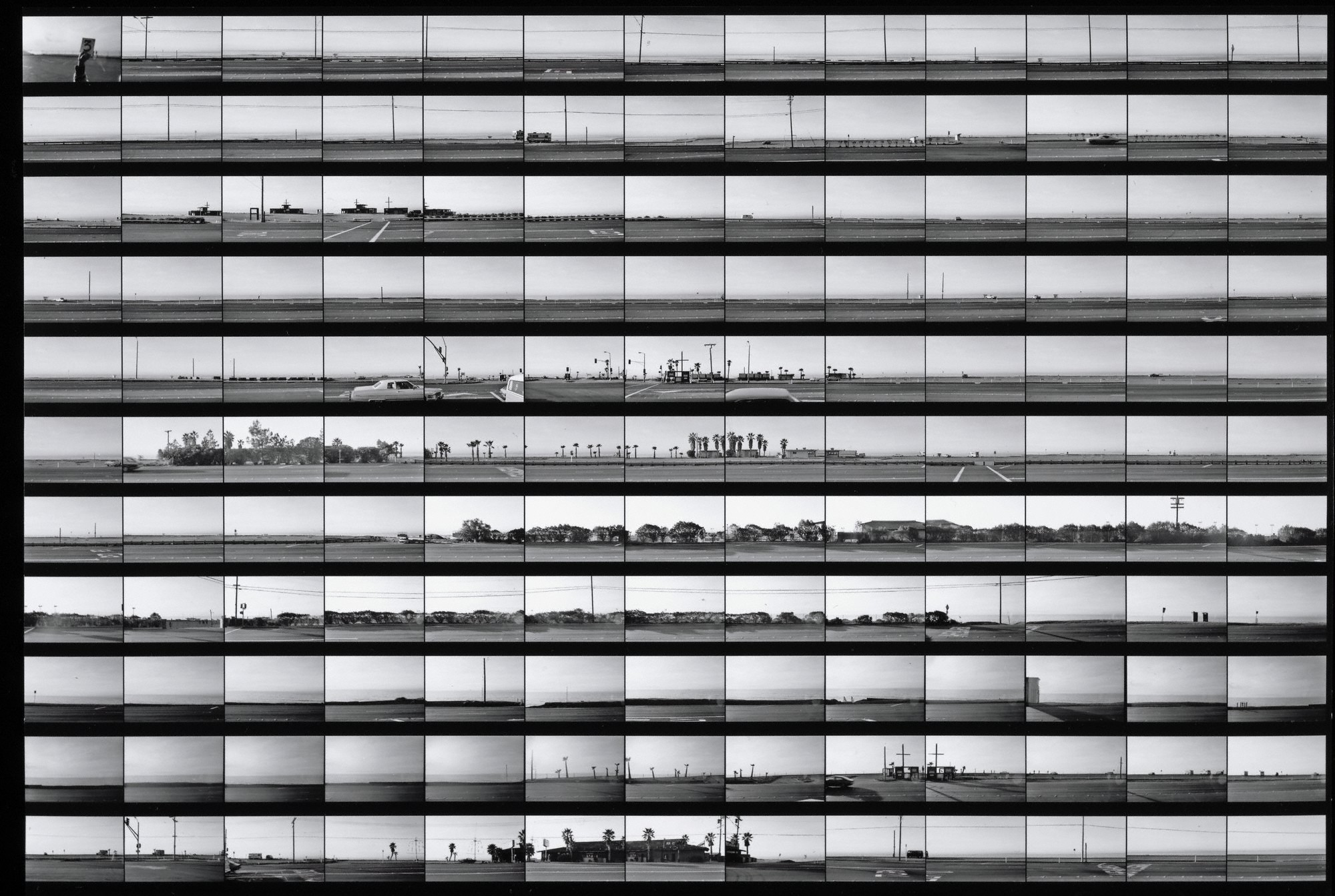
There is something soothing, even easy about vernacular architecture. It’s the territorial and spatial equivalent to Muzak. It evades and pre-dates the self-conscious identity of glitzy, cutting-edge architecture we are so familiar with today. There is an innocence to the vernacular. These are the buildings and environments of childhood.
This is apparent in the exhibition, In Focus: Ed Ruscha, currently showing at the J. Paul Getty Museum at the Getty Center in Los Angeles. What captivates about the shots is that they dare to curate buildings that are usually just part of the background. They become objects of curiosity, spectacles, even.


